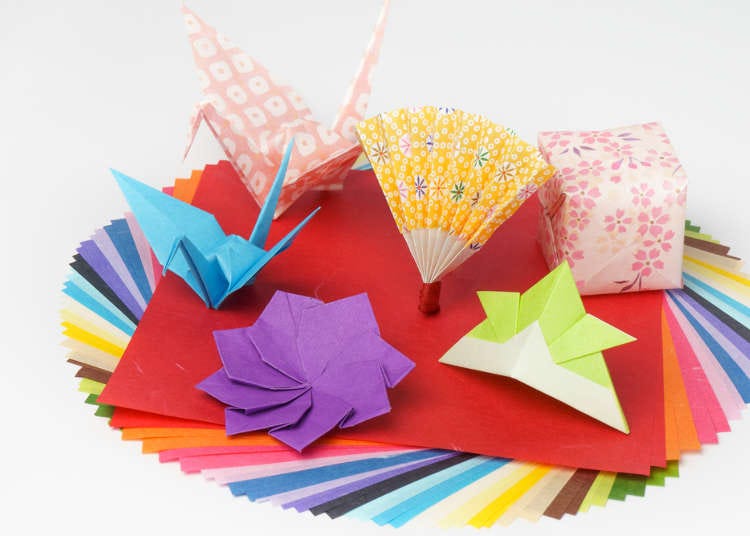
In Japan, the tradition of folding square-shaped paper to make various shapes is known as origami. This form of paper artwork can range from simple to complex. Cranes, hats, animals, flowers, and shuriken are among the most common and traditional origami creations you may come across.
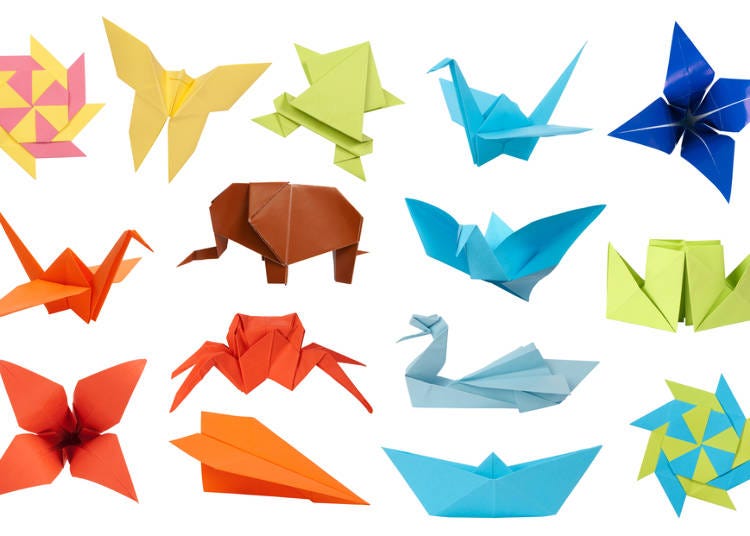
The main keys to remember when doing origami is to fold not only in the correct places, but also in the proper order.
A Skill Learned from Childhood
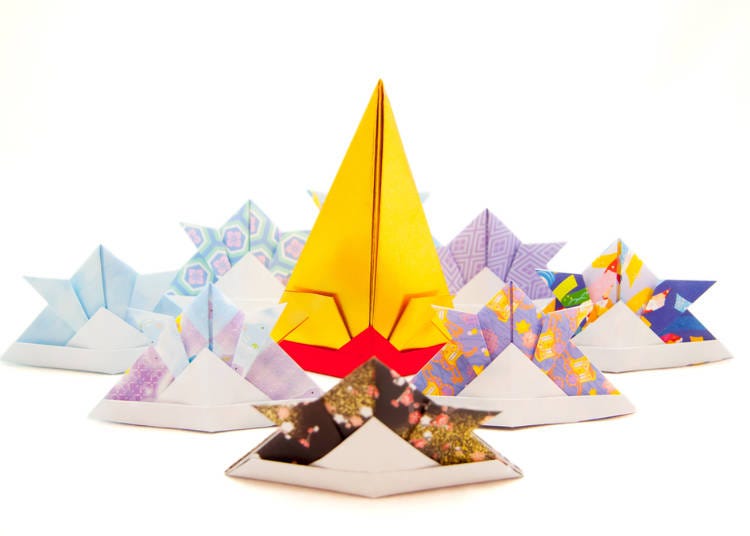
It is very common for Japanese children to learn origami at kindergarten age, starting with simple figures, and moving on to the more complex as they improve their skills. A person who is skilled at origami can make a crane in just a few short minutes, and a kabuto (helmet) in as little as 30 seconds.
Lucky Origami
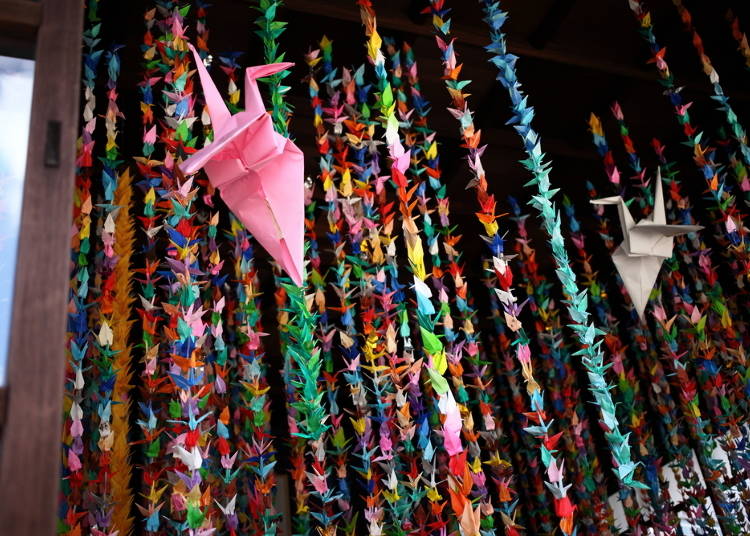
It is believed that string of 1,000 paper cranes is a symbol of longevity. It is also traditional to give this to people who are ill or hospitalized, as a way to wish for their recovery and a long, healthy life.
Chiyogami
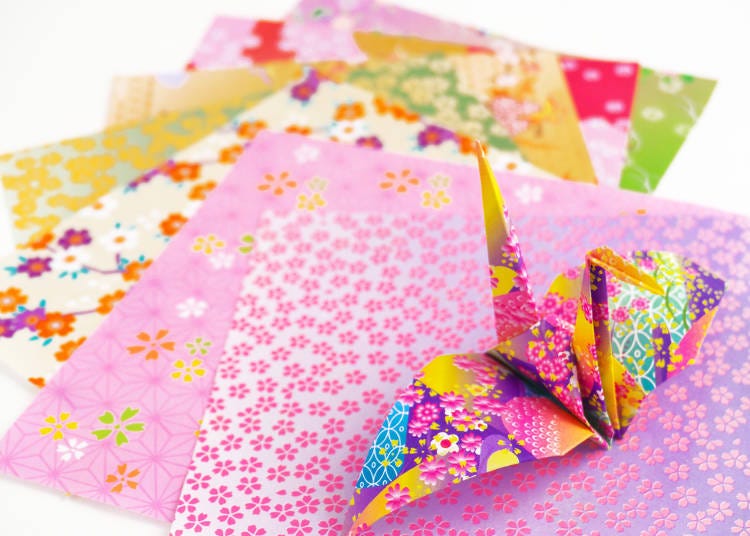
Originally, origami was always folded with a colorful type of Japanese paper called ‘chiyogami.’ During the early days of origami, the craft itself was actually referred to by this name as well. Even today, chiyogami can be seen in souvenir shops in Japan.
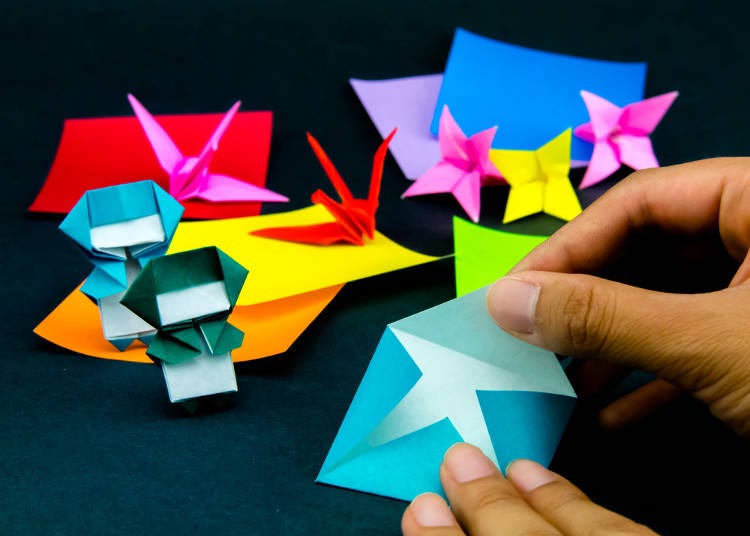
Why not try your hand at making some origami for yourself?
*Prices and options mentioned are subject to change.
*Unless stated otherwise, all prices include tax.
Popular Tours & Activitiess
Recommended places for you
-
Appealing

Mt. Hakodate Observatory
Forests & Mountains
Hakodate
-
Appealing

Rukku and Uohei
Izakaya
Sapporo / Chitose
-
Appealing

Asahiyama Zoo
Zoos, Aquariums & Botanical Gardens
Asahikawa
-

LakeAkan
Rivers, Lakes & Canyons
Abashiri
-

Farm Tomita
Other Nature
Furano / Biei / Sounkyo
-
Appealing

Otaru Canal
Rivers, Lakes & Canyons
Otaru
-

Don't Miss Out! The One Thing You Must Do Before Shopping at Mitsui Shopping Park LaLaport: Get Your Max 10% OFF Coupon Book
-

LaLaport TOKYO-BAY North Building Now Open: Shop, Dine & Enjoy Events at LaLa arena, Just 2 Stops from Disney
by: Wemmy Chau
-

2025 Autumn Colors Report: Kurobe Gorge Nearing Peak
by: Timothy Sullivan
-

A Travel Game Changer! Go Hands-Free Between Tokyo and Kyoto with LUGGAGE EXPRESS by JTB and JR Tokai
by: Guest Contributor
-

New Seibu L00 Series Launching in 2026! What to See Along the Tokyo-Area Golden Route
by: Guest Contributor
-

[Extended Offer!](12% OFF KKday Coupon) Mt. Fuji Autumn Leaves, Powder Snow & More! 15 Best Tours to Experience Japan in Fall & Winter
-

Japan Beyond the Guidebook: 6 Expats Share Their Top Autumn Food Choices!
by: Nina Cataldo
-

Visiting Hokkaido Japan: 14 Things to Know Before Traveling to Japan's Wild North
-

Highlights of Odori Park & Sapporo TV Tower: Fun in the Heart of Sapporo
-

A Tour of Niseko Distillery: Exploring the World of Japanese Whiskey and Craft Gin
-

10 Important Japanese Phrases to Know Before You Enter a Japanese Convenience Store!
by: Teni Wada
-

Sapporo New Chitose Airport (CTS): Complete Guide to Restaurants, Souvenirs, Shopping & More!
- #best sushi hokkaido
- #things to do hokkaido
- #best ramen sapporo
- #what to bring to japan
- #new years in tokyo
- #what to buy in ameyoko
- #japanese nail trends
- #what to do in odaiba
- #onsen tattoo friendly tokyo
- #daiso
- #best sweets otaru
- #japanese fashion culture
- #best nature furano
- #japanese convenience store snacks
- #best japanese soft drinks
















